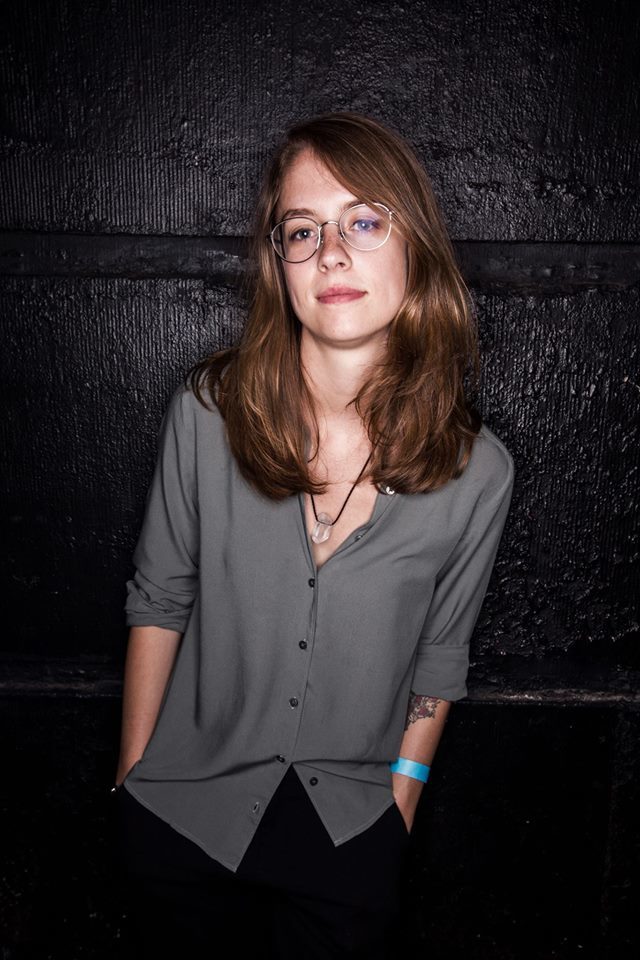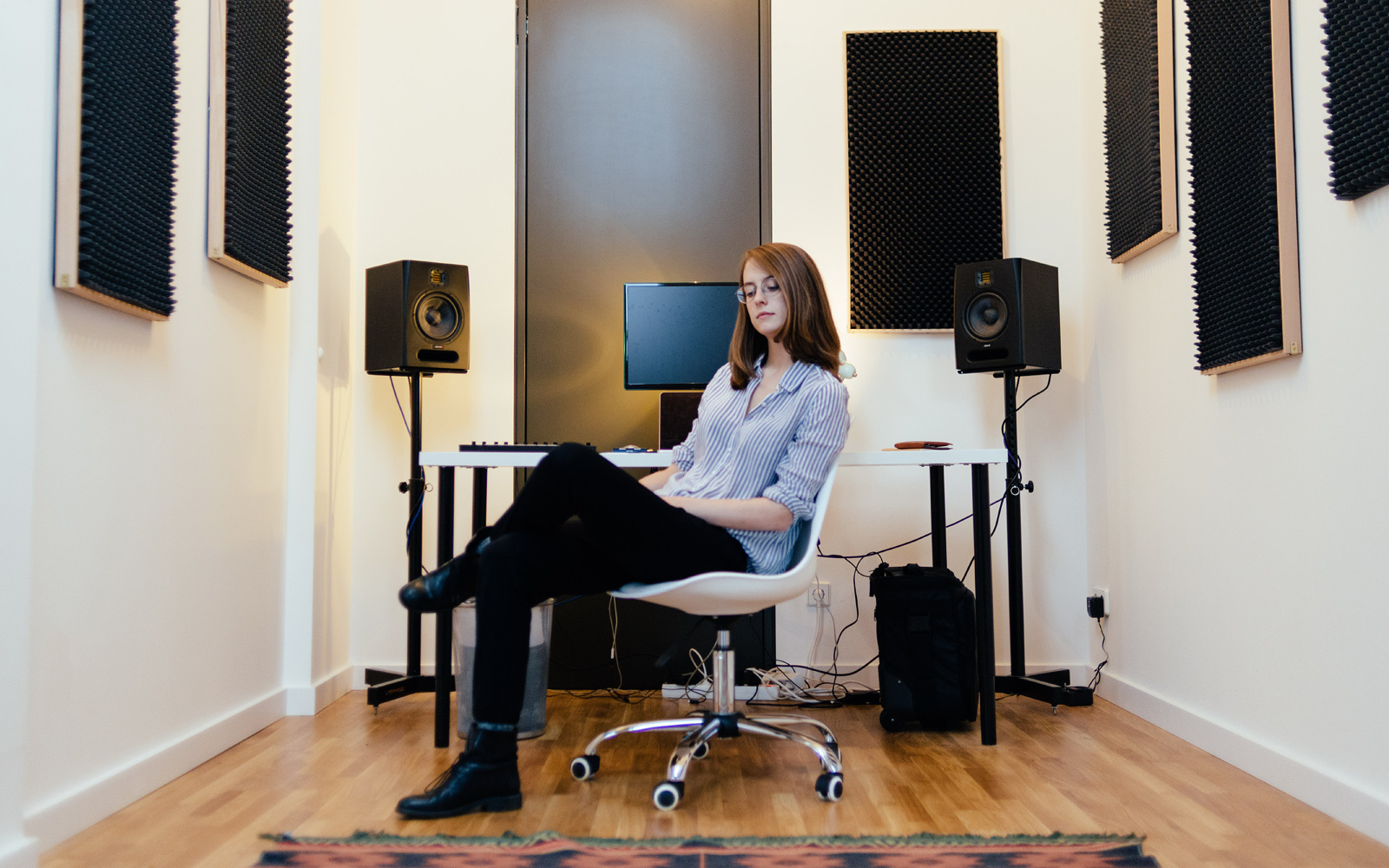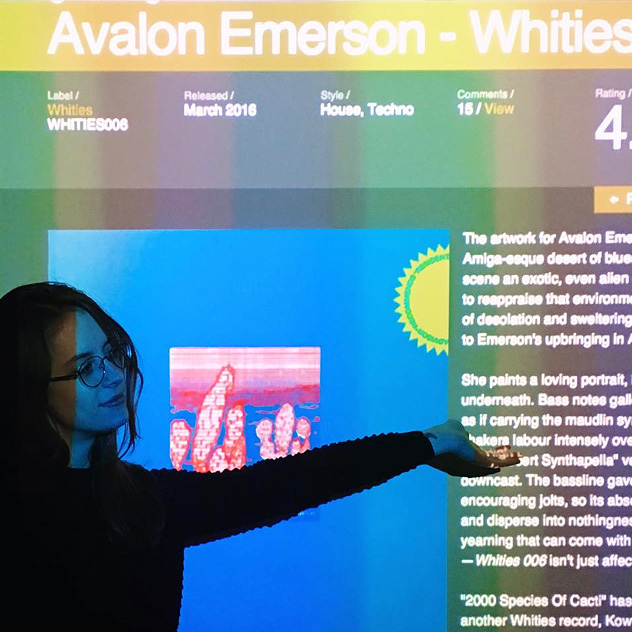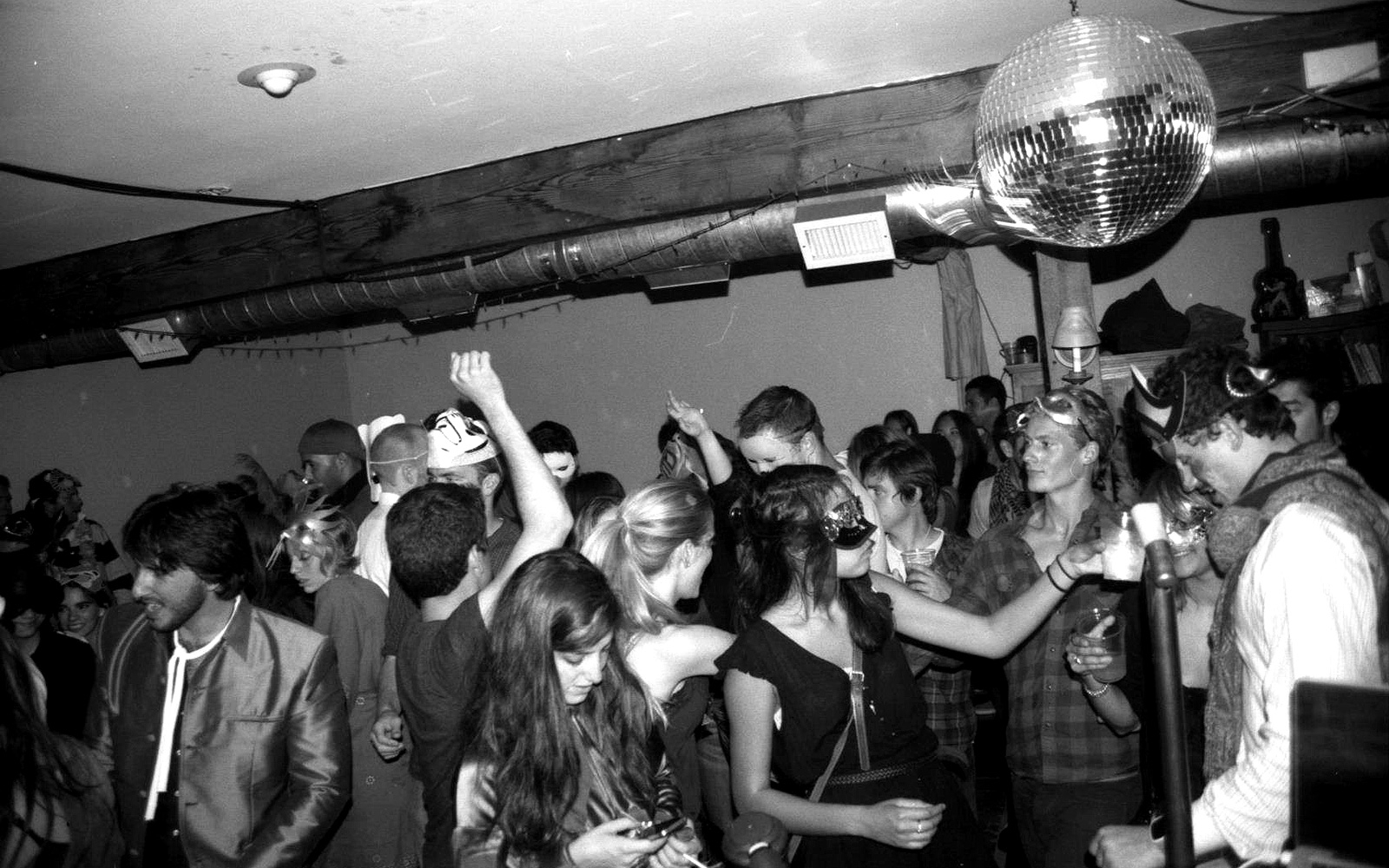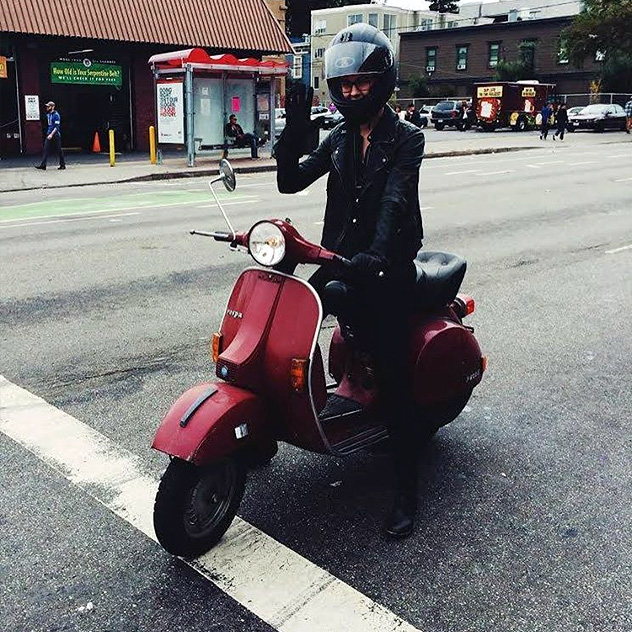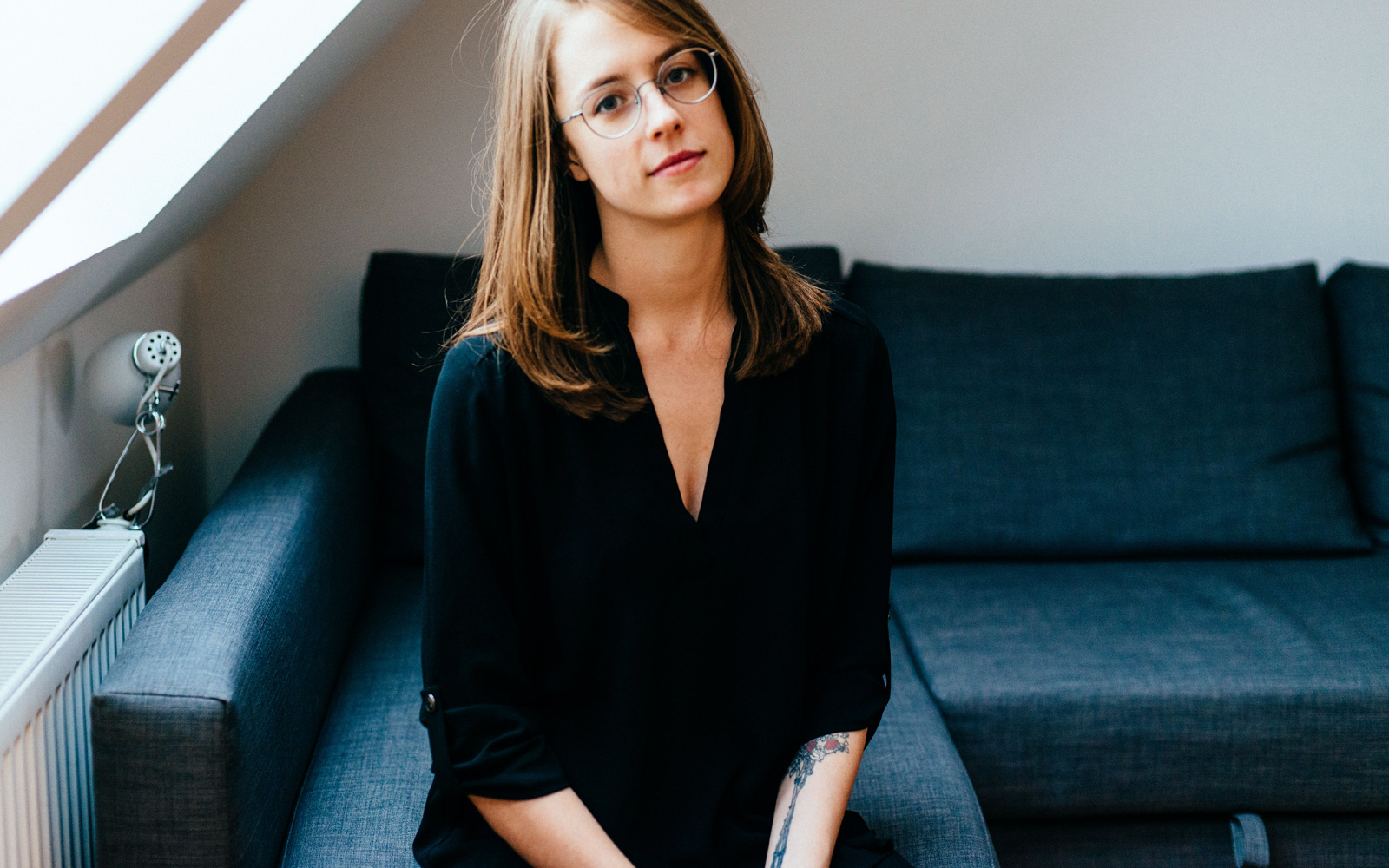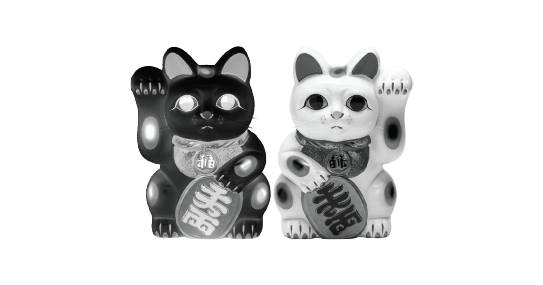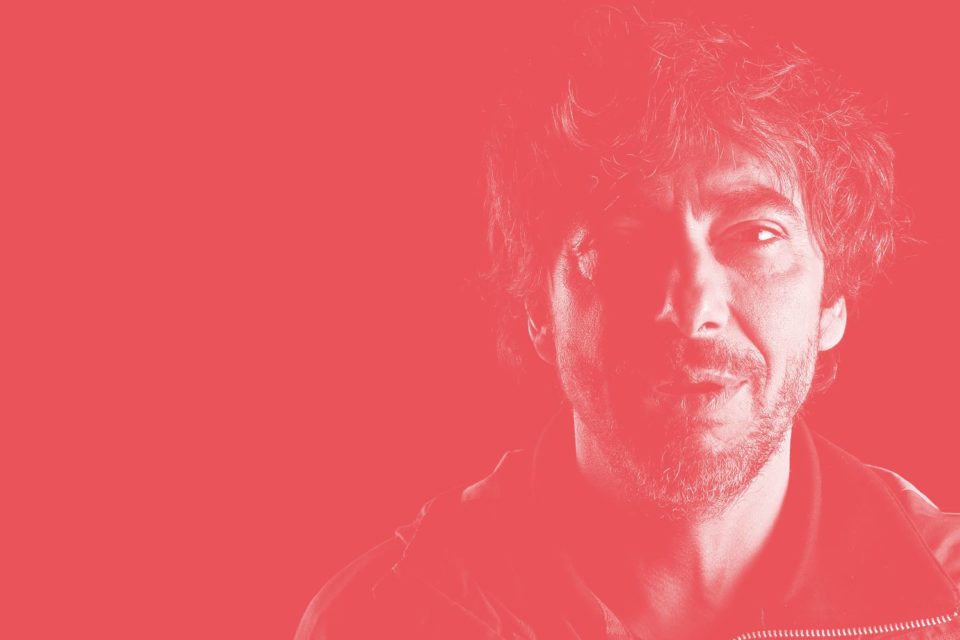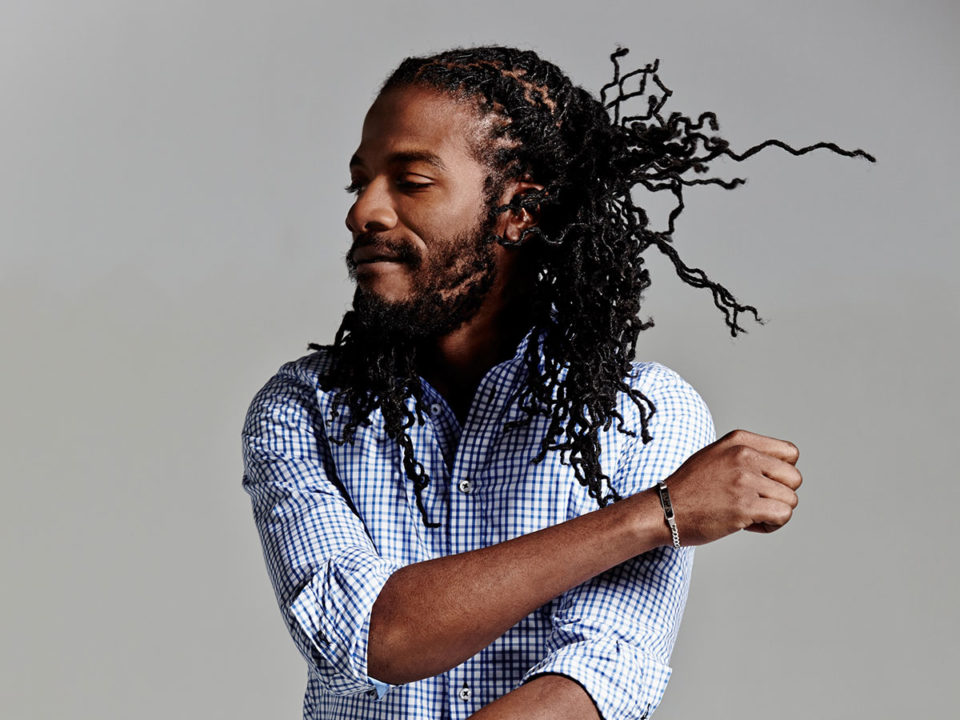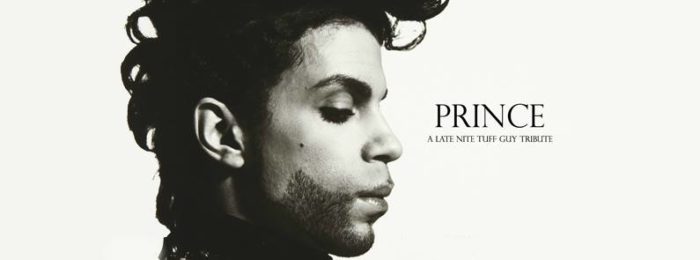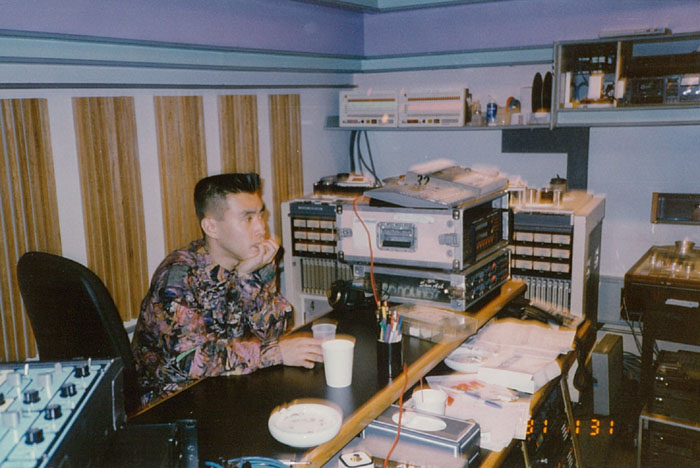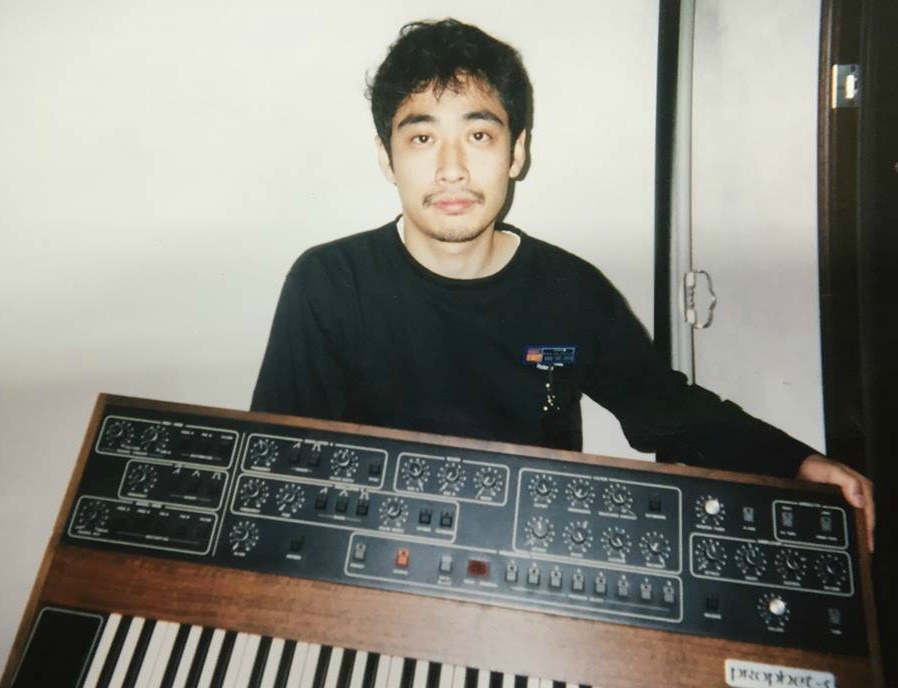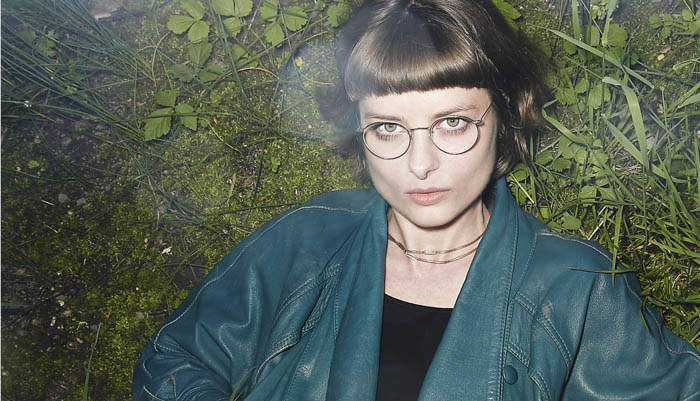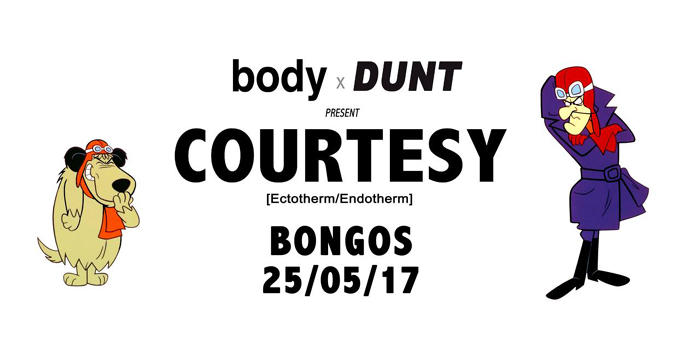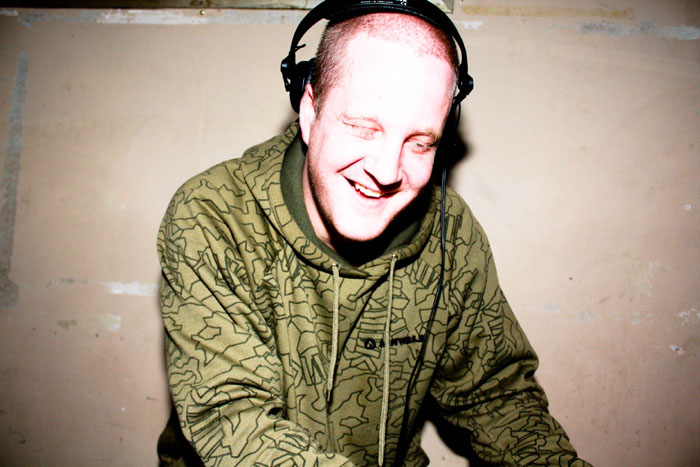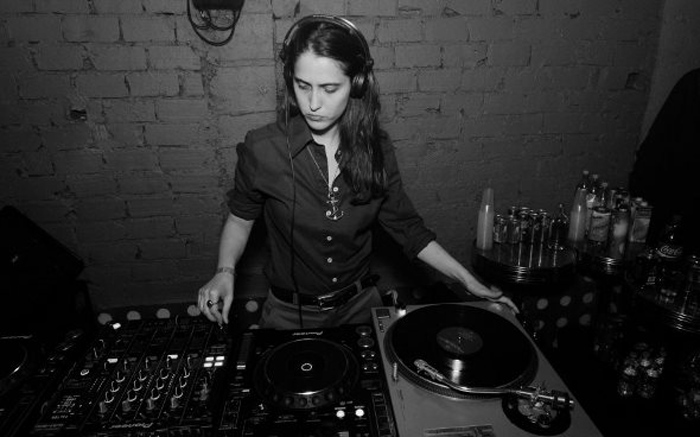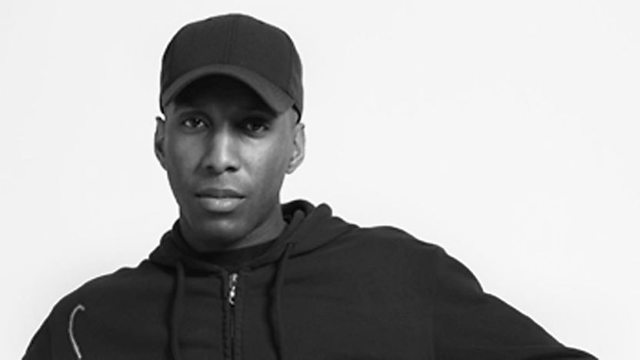
We’ve lost count of the number of times Shy FX has played Edinburgh, not to mention the Bongo. One of the original ruffneck, Ragga Jungle pioneers from the Nineties, he bulldozed into the public eye with stone cold classic anthem Original Nuttah, scoring his first UK Top 40 hit in the process, alongside equally legendary MC and ruffneck vocalist UK Apache, back in 1994. [There have been a fair few more since, not least his massive collaboration with T Power and soul/r n b vocalist Di, Shake Ur Body, in 2001.]
His light speed riddims married with rude boy rhymes create a unique sound that Edinburgh, and especially the Bongo, loves and he’s somehow managed to maintain his edge throughout a career spanning more than 25 years. Oh yes, we’re set for a proper scorcher tonight!
Check out the great interview/feature (from last year) below, courtesy of Skiddle’s Marko Kutlesa, where Shy talks about his many productions, recording style and reggae soundsystem culture.
Though he often wears a cap, perhaps in part to hide the hair he’s lost, I still wouldn’t like to guess the age of Andre Williams, aka Shy FX. Though he’s been consistently releasing music since his 1993 debut, barely a sign of ageing registers on his face and his voice, quite softly spoken, gracious and impeccably polite, sounds like that of a man in his late teens or early twenties.
However this is not a man whose appearance alone defies his years. Throughout his two decade plus career he has managed to produce music that sounds so fresh that, while maintaining a consistent fan-base, has also managed to appeal directly to the youngest ravers amongst us.
Brought up around reggae soundsystem culture (his grandfather was famed 1970s London DJ, record label owner and soundsystem chief Count Shelly), Shy FX’s first forays into music production were in the reggae indebted spheres of jungle. He scored a huge hit right at the start of his career with 1994’s ‘Original Nuttah’.
He established a trend for collaboration thereafter and has most closely been linked with studio partner T Power with whom he released two albums, 2002’s Set It Off and 2005’s Diary Of A Digital Soundboy, the former containing top ten UK chart hit ‘Shake Ur Body’, the latter released on Shy FX’s own label Digital Soundboy (which has also released music by Breakage, Calibre, B Traits, Zed Bias, Skream, Benga and Caspa).
Shy FX has since collaborated with and produced music for the likes of Dizzee Rascal, Plan B, Yasmin, Naughty Boy, Wiley and Emeli Sandé plus Kano, Donae’o and Roses Gabor and re-emerges in 2017 with amazing new single ‘We Just Don’t Care’, which displays a wildly different music approach to previous offerings. You can’t, however, say that it’s a comeback, because Shy FX has never been away and you can’t call it a reinvention, because he’s made different musics throughout his career.
I really like the new single ‘We Just Don’t Care’. Where was the video filmed and what was the idea behind it?
Thanks! The video was shot in South Africa. I’m a fan of Craig (Moore), the director and I just wanted to get a high energy dance video that wasn’t, well… you know you can get some videos like that which can be kind of cheesy? I wanted something that was visually pleasing but still had a sense of urgency and was still pretty gritty, but polished at the same time. I know that sounds like a really mad description, but I definitely think it caught the vibe of the tune.
Is the other music you’re currently working on in a similar vein to ‘We Just Don’t Care’?
Yes and no. Everything’s completely different. Before playing ‘We Just Don’t Care’ to people I found it really difficult to describe. A tune at 128 bpm that sounds like me, quite tribal, that’s the closest I could get. Everything else, again, there’s a mixture of loads of different things thrown into the pot. Again, it sounds like me, but you just can’t quite put your finger on what it is or put it into a genre.
I suppose no is the easiest answer [laughs], because the next tune is at a different tempo and has a completely different vibe. It still doesn’t sound like anything else.
Is this single the precursor to an album?
Not so much. It’s just me getting loads of music out there. I think next year I’ll try and focus on putting an album out, but right now it’s about getting different styles and vibes out there.
I ask because, although you’ve been quite prolific as a producer, you’ve not really been that prolific in making albums (you had your debut and the two albums you did with T Power). Why is that?
I just think it’s important for you to have something to say when you do an album. I set up Digital Soundboy as well and along with all the touring and stuff… to sit down and think this is what I want to do and this is what I want to put out as a body of work, I take that seriously.
I think now is the time for me to do that. I had my head in the Digital Soundboy thing and in helping other people with production with their stuff and everything else that comes with being involved with running a label, other acts, but I’ve now put that aside and I’m fully focused on my own stuff.
What happened to the material you were putting together for the album that had the working title Cornerstone/Larger Than Life about 5 years ago? Did that material come out?
[Laughs] No, it didn’t, but it’s going to. With that project it was straight up reggae, but I always find that, when you do projects, people expect, for the rest of the year at least, for you to tour that and that kind of defines you for a period. And although I really love reggae I didn’t want to do a whole campaign around it, which is what would’ve been expected. But there’s over an album’s worth of music for that project which will come out as EPs. That way I can do it as an ongoing thing.
I didn’t want it to be like, “Here’s my reggae album and that’s that” because I’m always going to make it. I think ‘Cornerstone Vol 1’ and ‘Cornerstone Vol 2’ is going to work much better. That way I can keep it moving.
When the music you’re recording changes style should people expect the music you play as a DJ to also change?
Anyone that’s seen or heard me play knows that it’s very eclectic. It’s not so eclectic that it’s bordering on wedding DJ, the dots always join. And what I make is generally what I play in my set, but what I play in my set is also what I’m making, if that makes sense? It’s just what I’m feeling like at the time, what am I trying to say, let me make it, let me play it. I don’t really think any deeper than that. I’m fortunate enough to be able to make whatever’s in my head, whatever I’m vibing with, so that’s what I go with.
I just had this conversation with someone recently and I just think it’s nuts when you walk into a studio with a blank canvas, you don’t know what’s going to happen and a few hours later you’ve got something new in the universe. That’s so mad. For people to stick to one particular thing, I just don’t get it. There are so many different vibes you can put out into the world, I never know which one it’s going to be.
Which DJs that operate outside of drum ‘n’ bass music do you enjoy listening to?
Oh, wow. Right now, today, the answer would be someone like Benji B. Still Gilles Peterson, as well. They seem to catch my vibe, you never really know what you’re going to hear when you listen to those guys. It’s always a bit of an education, but you always hear grooves, music that touches your soul, when you listen to those guys. So, right now Benji and Gilles, but tomorrow that changes. There’s so many.
What do you see as being the similarities, if there are any, between ‘Original Nuttah’, ‘Shake Ur Body’ and ‘We Just Don’t Care’?
Woah! Erm… I think with all those three tracks I definitely went in the studio in I-don’t-give-a-shit mode. It literally was just sitting down making music until I was jumping up and down. I can’t say tempo, that’s for sure. It’s just touching on groove and mixing loads of elements together, which is what I generally do, I guess. With ‘We Just Don’t Care’ I think the closest thing I’ve done to that is ‘Bambaata’ in terms of it being tribal and the bass, the cinematic feel as well. But I don’t know if I can join those three. Can you?
I think you can join the dots between ‘Original Nuttah’ and ‘Shake Ur Body’. And I think you can join the dots between ‘Shake Ur Body’ and ‘We Just Don’t Care’, so yes. Not in the tempos maybe, not in the rhythms, but maybe in the vibe, maybe in the excitement of the music, yes. For me, they all sound like you.
Yeah, I think there’s a sense of urgency in there. Definitely the vocal, harmony wise, between ‘Shake Ur Body’ and ‘We Just Don’t Care’, you can join those dots. But generally I’d have to pass on that question, ha! I couldn’t tell you mate.
On the cover of the Simple Tings EP you’re pictured with your dog. Do you still keep a dog?
No, not anymore unfortunately. That was a Great Dane. Nobody’s ever asked me that question before, ha!
My mate, Shane Loughlin, used to work in a big secondhand record store in Manchester, Vinyl Exchange, and he was in charge of the drum ‘n’ bass. They had that record on display and he’d stuck a speech bubble above your head and wrote “I’m Shy FX and I love my dog” on the cover, so I never forget that sleeve.
Ahahahahahaha. Oh, wow. And that’s when I had hair as well. I had hair and I didn’t wear a cap.
T Power, your old production partner, is quoted as saying the reason he made his 1995 debut album in a more experimental drum ‘n’ bass style was he wanted to get away from a lot of the politics that were around jungle music at the time. Did you ever experience those politics and how did they affect you?
Yeah, every day, but just like now I don’t really care, I just get it done and keep it moving. I think that’s the only thing you can do. People come, people go, opinions are like arseholes etc.
At the time, when I was younger, there was loads of different camps and everyone was trying to fight for space, everyone was talking about what you should and shouldn’t do. Whenever that happens it just makes me fall into my own space and just make music, kind of like giving a middle finger up. I never really get involved in all of that. I just do what feel is right.
What, for you, are the parallels between reggae soundsystem culture and jungle/drum ‘n’ bass culture?
From basic stuff like rewinds to dubplate culture?
Whichever way you want to take the question…
[Laughs] OK, cool. Well a lot of us came from the reggae culture so I suppose we brought a lot of that vibe with; the way we played and selected music, the rewinds.
In fact, it’s pretty strange now where a lot of the younger guys who haven’t grown up on that culture and maybe not on the grime culture either, they just don’t understand the idea that when you get a tune that’s so sick, you rewind it and play it again from the beginning. They look at you like “What. Are. You. Doing?” I think they get it more now, but playing dubplates with your name on as well, they can sometimes be like “We know who you are. Why have you got your name on every track? What’s that about?”
The bass, the sense of community as well, particularly with the early jungle scene, not so much with drum ‘n’ bass. Yeah, I think because a lot of us came from there we just brought it into what we were doing.
In your own words, can you define what kind of unique voice the world of drum ‘n’ bass has lost with the sad passing of Marcus Intalex?
Oh, man… Can I think about that and maybe e-mail you an answer? I don’t just want to say something and not get it right, it just means too much.
[Unfortunately Shy FX’s incredibly busy schedule and perhaps the obvious sadness he displayed meant that no addition to this answer was sent]
Did your paths cross much? Did you see him regularly?
Not so much over the last couple of years. It was a couple of years ago I last saw him, at the Soul In Motion night. We were just vibing and, as always, talking about music and technical stuff, plug ins.
Which of his releases have you most frequently played when DJing out?
Probably ‘Lover’ by M.I.S.T. And the ‘I Like It’ remix which goes way back to 1995. When he did that I did ‘This Style’. It was the same kind of vibe. He definitely influenced me in making that. Obviously I play a lot of his stuff, but those are the two that stick in my set.
Categories: Blog, News, Regular Club NewsTags: Andre Williams, culture, Digital Soundboy, drum n bass, jungle, Original Nuttah, r 'n' b, ragga, reggae, Shake Ur Body, Shingai, Shy FX, Skiddle, soul, soundsystem, T Power, We Just Don't Care

